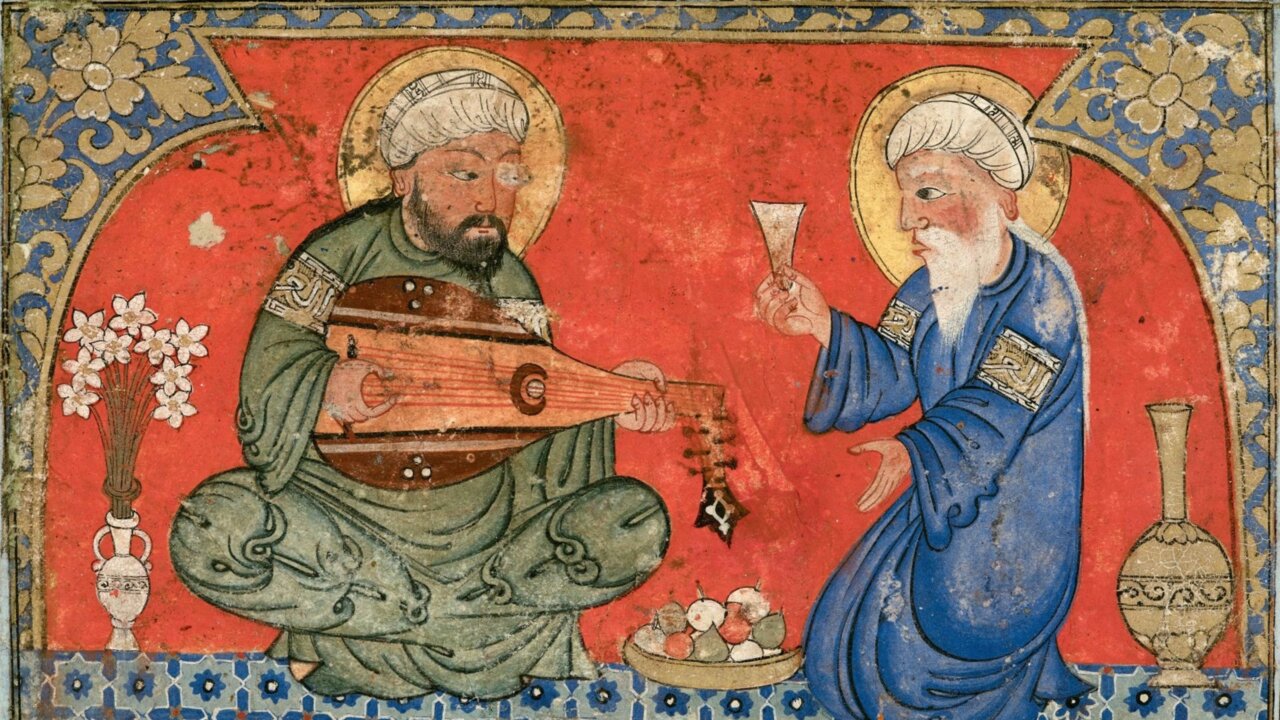
THE JOURNEY OF INSTRUMENTS
Introduction by Naseer Shamma
As one of the oldest musical instruments known to humanity, the oud is a prominent symbol of musical civilization across the Middle East. Archaeological evidence indicates that the earliest reference to a lute dates back to the Akkadian era, around 2350 BCE, where the instrument appeared in carvings and murals in Mesopotamia. Since that ancient time, the oud has remained an essential element of different musical cultures, not just in the Middle East and Northern Africa but also in other parts of the world that were touched by it through waves of migration, cultural exchange, and trade.
Reaching far beyond the transfer of a musical instrument from one country to another, the journey of the oud highlights a cultural pathway that reflects the interaction and communication between peoples. Along the way, the instrument demonstrates the power of art to transcend borders, adapting to diverse musical styles—from Eastern maqamat to Western scales, from Sufi chants to folk music.
The oud emerged in a rich cultural environment of musical innovations where it was part of the artistic scene in temples, palaces, and marketplaces. Its simple construction—a pear-shaped body, short neck, and gut strings—made it practical and portable, aiding its spread through trade routes and military expeditions. Over time, it took on new shapes and names, such as the Turkish bağlama, the Persian tar, the Greek bouzouki, the Italian mandolin, or the Spanish guitar. A part of this story is reflected in the five concerts presented this season at the Pierre Boulez Saal.
In Iraq, we hear the oud in its natural environment, telling the tales of Mesopotamia. In Iran, we witness the interaction with the tar and other Persian instruments, reflecting mutual influence. In India, we discover how the oud’s spirit extended into the sitar, in a fascinating historical continuation. In Spain, we see how flamenco redefined the Middle Eastern sound within a Mediterranean context. We conclude the journey in Central Europe with the lute of the Baroque era.
These concerts are not just performances—they are meetings with time, where melodies blend with history. This series is an invitation to dive into the story of the oud as an instrument and as a bridge between civilizations. Studying it reveals the unity of the human experience and helps us understand that the strings once plucked by an Akkadian musician 4,000 years ago still resonate today.
Welcome to the Journey of Instruments!
Naseer Shamma is among the world’s foremost players and teachers of the oud. He is the founder of the Arab Oud House in Cairo, a school dedicated entirely to his instrument that also has locations in Abu Dhabi, Riyadh, Baghdad, and Mosul. He has performed around the world with musicians from a wide range of backgrounds and was named a UNESCO Artist for Peace in 2017.
Header image: Illustration for the Tale of Ibrahim and the Singer from Zakariya al-Qazwini’s Book of Wonders of Creation and Unique Phenomena of Existence, Persia, 13th-14th century. © Staatsbibliothek Berlin